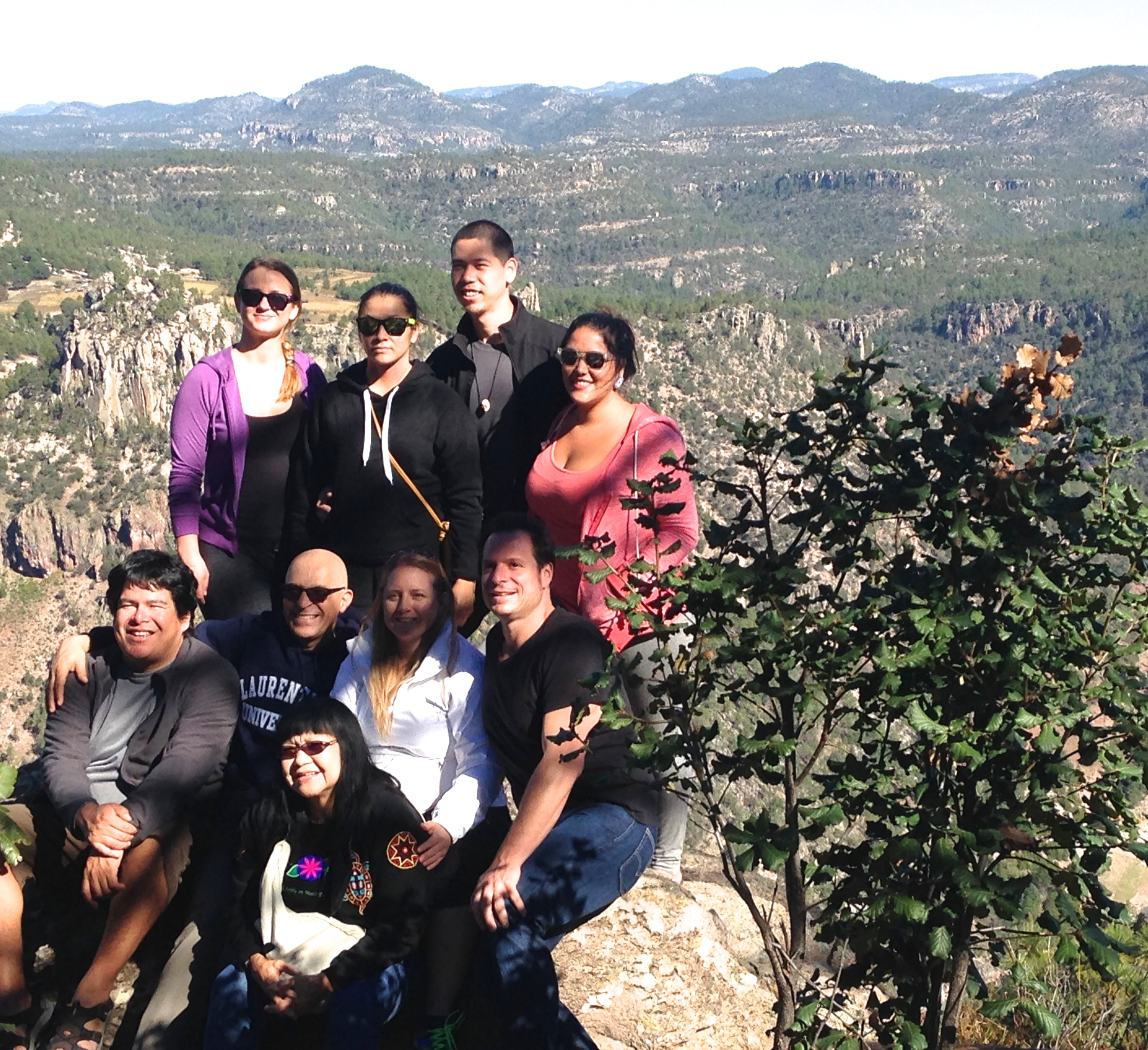By Gabriel Rodrigues
During reading week, students from the Master of Indigenous Relations travelled to Mexico to not only enjoy the hot weather, but engage in “cultural exchange” with an Indigenous community known as the Tarahumara people.
“The idea was to visit First Nation communities and compare it to here in Canada,” said Jorge Virchez, associate professor of the department of Geography. “Although we are 5000 kilometers away, both cultures are still similar.”
From Oct. 11 to 21, six students and three professors of the Natural resources and environment course visited the northern Mexican state of Chihuahua with the purpose of understanding the living experiences within Copper Canyon shared by the Tarahumara people.
The Tarahumara people are an Indigenous community that are well known for their long distance running. They retreated to Copper Canyon after the arrival of Spanish explorers in the 16th century, and according to Virchez, “they are still living in their traditional ways.”
“Since the 1600s, this area has been a place to mine for silver, gold and steel,” said Virchez. “It was interesting for us to go and see all those aspects in terms of natural resources but also the human aspect.”
Virchez was surprised by how the Tarahumara people saw the world, and said there are some “cultural similarities they share with First Nation’s in Canada,” in terms of craft making, stories of creation and the importance of animals.
Throughout the 10 day field trip, Virchez and his students also had the opportunity to witness the different landscapes surrounding northern Mexico, since the course is meant to discuss natural resources’ from the First Nation’s perspective.
“We took a train that crossed the Canyon and had an amazing view of the mountains, tunnels and waterfalls,” Virchez said. “We saw the agriculture, the forests, and even the desert. We also had the chance to see the fishing industry.”
After observing and witnessing some of the conditions in which the Tarahumara people live, Josh Wong, a first-year student within the Master of Indigenous Relations program, said there are comparable conditions with “First Nation communities in Canada.”
“There was some similarities with poverty,” said Wong. “For them, toilet paper is luxury and clean water is luxury. You can see some similarities between such communities like Attawapiskat and Fort Albany, where clean water is an issue, affordable living is an issue and access to fresh vegetables and fruits are an issue.”
Despite the living conditions being comparable to some communities in Canada, Wong is impressed by the “self-determination” the Tarahumara people have in continuing to practice and maintain their culture.
“Even though they are faced with urban expansion, they retained certain aspects of who they are,” said Wong. “They were impacted with colonization and industry, but are still keeping their identity and traditions by not relying on the economy or the market to meet their daily needs, they are sufficient and interdependent on their own communities and are able to continue doing just that.”
On Wednesday, Nov. 12, the students shared their experiences as part of the Giigdowin brown-bag lunch series at the School of Education.

